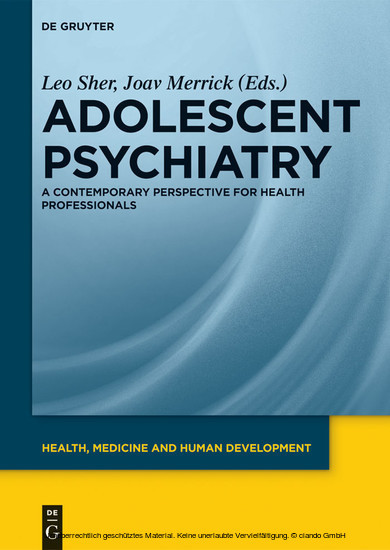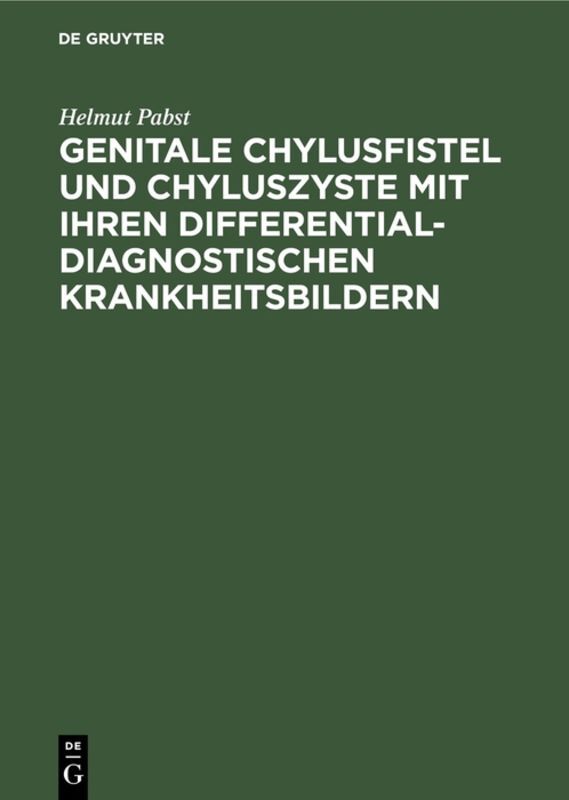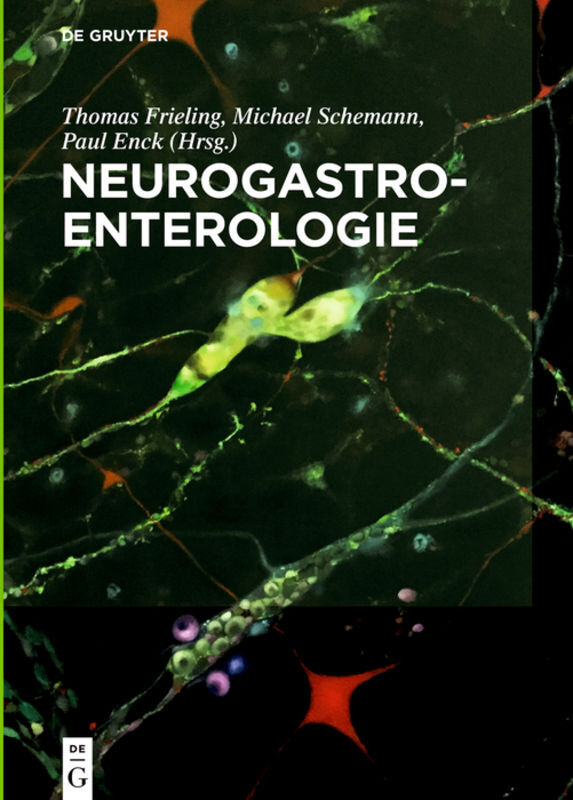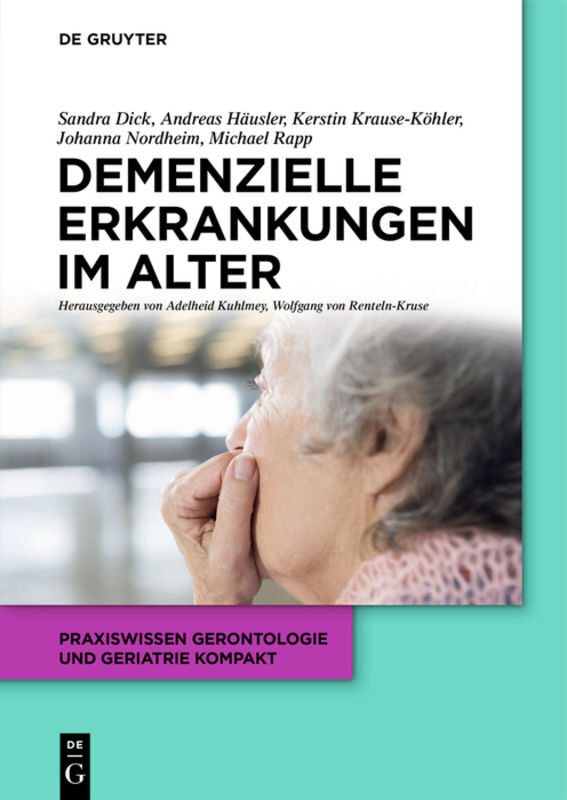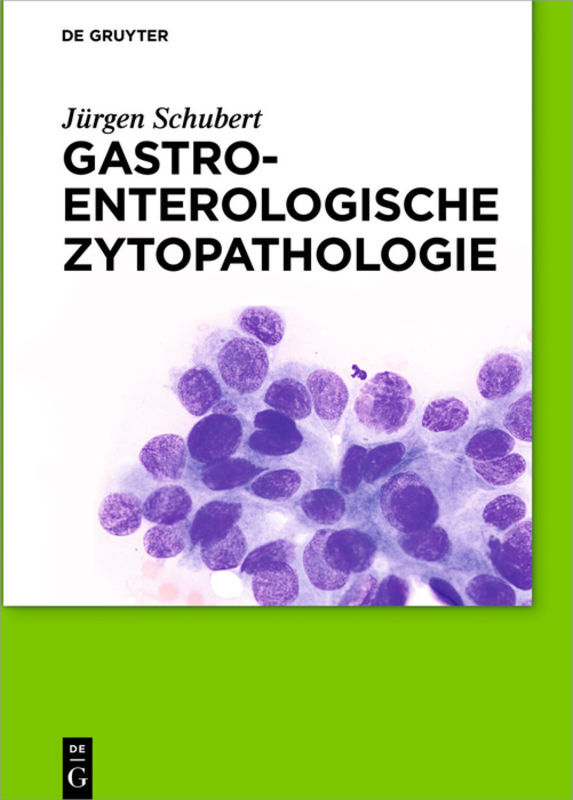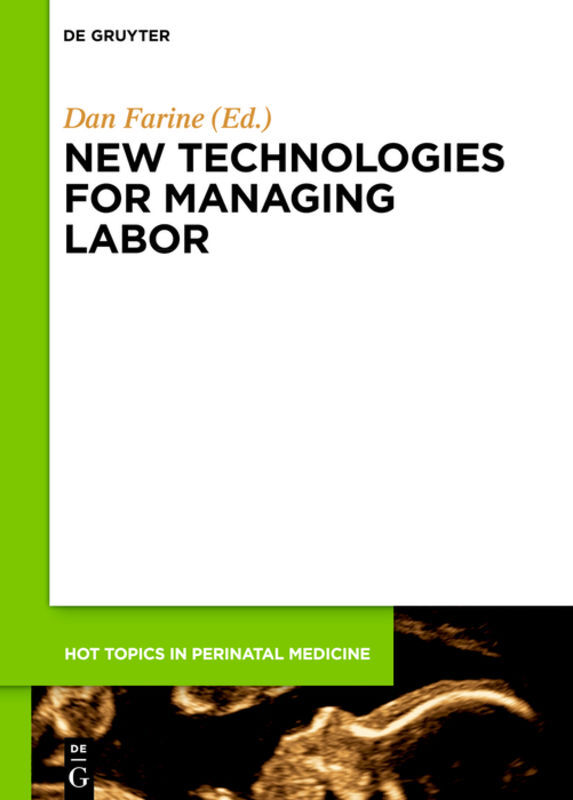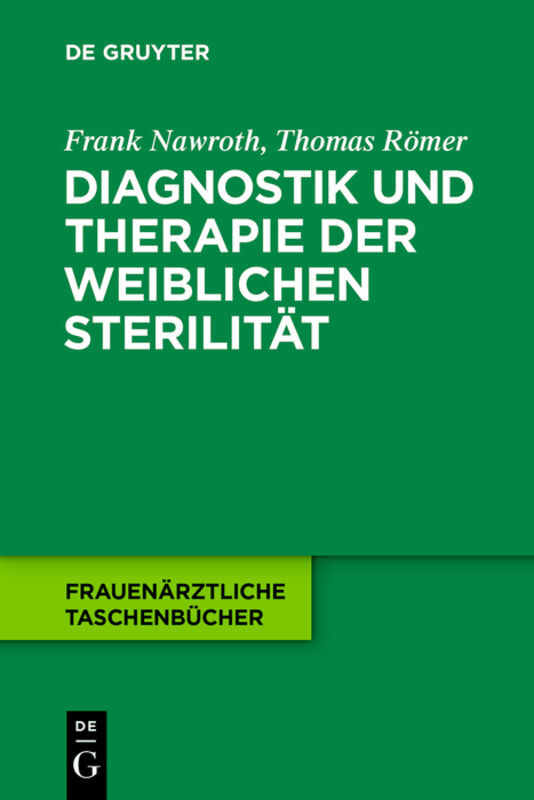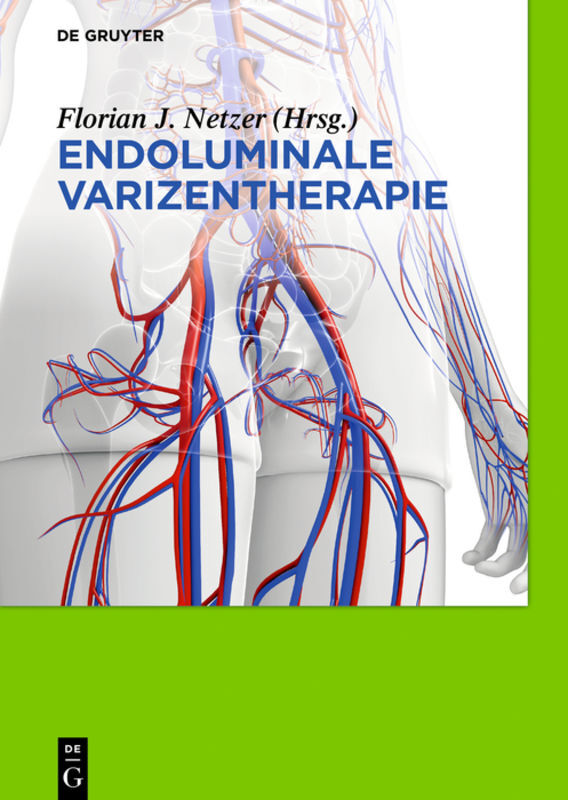Adolescent Psychiatry
Psychiatric disorders in adolescents are an important social problem which is relevant to almost all healthcare professionals. According to the results of The National Comorbidity Survey-Adolescent Supplement (NCS-A), the lifetime prevalence of anxiety, behavior, mood, and substance use disorders among adolescents was 31.9%, 19.1%, 14.3%, and 11.4%, respectively. Approximately 40% of participants in this survey with one class of disorder also met criteria for another class of lifetime disorder. Comorbidity is increasingly recognized as a key feature of mental disorders among adolescents. Female adolescents are more likely than males to have mood and anxiety disorders, but less likely to have behavioral and substance use disorders.
Regretfully, medical professionals are not sufficiently trained about adolescent psychiatric disorders. For example, primary care providers correctly identify less than a fourth of youth with a depressive or anxiety disorder. Also, many clinicians underestimate the importance of the problem of adolescent psychiatric illnesses and suicidal behavior. Lack of skilled medical providers impedes the delivery of needed services to adolescents with mental health issues. This coupled with a lag in the ability of primary health care services to incorporate psychiatric interventions, and a failure of public health initiatives to pay attention to adolescent mental health problems has led to continuing gaps in care over decades despite the public pronouncements of needs.
In this book you will find relevant information for health professionals, since we believe that the mental health of adolescents is essential for sustaining healthy and productive societies.
Leo Sher, James J. Peters Veterans' Administration Medical Center, Bronx, New York, USA; Joav Merrick, Ministry of Social Affairs and Social Services, Jerusalem, Israel.
1;Author index;13 2;Introduction;17 2.1;Education of health professionals about adolescent psychiatry;19 2.1.1;References;20 3;Section I: Neurobiological aspects;21 3.1;1 Adolescents with psychiatric disorders: brain structural and functional changes;23 3.1.1;1.1 Introduction;23 3.1.2;1.2 Neuroanatomical and functional changes in the normal adolescent brain;25 3.1.3;1.3 Models of brain functional changes in adolescents with psychiatric disorders;27 3.1.4;1.4 Structural and functional changes in schizophrenia;29 3.1.5;1.5 Neuroimaging in adolescents with anxiety disorders;31 3.1.6;1.6 Neuropathology in adolescents with depression;32 3.1.7;1.7 Neuropathology in the adolescent brain and substances of abuse;33 3.1.8;1.8 Gene variants and functional neuroimaging;34 3.1.9;1.9 Conclusions;35 3.1.10;References;36 3.2;2 Ecstasy and the serotonin syndrome;41 3.2.1;2.1 Introduction;41 3.2.2;2.2 SSRI efficacy and toxicity in adolescents and young adults;42 3.2.3;2.3 MDMA use in adolescents treated with SSRIs;43 3.2.4;2.4 Serotonin syndrome;44 3.2.5;2.5 Ecstasy in combination with SSRI increasing the risk of serotonin syndrome;45 3.2.6;2.6 Conclusions;46 3.2.7;References;47 3.3;3 Testosterone levels and suicidal behavior;51 3.3.1;3.1 Introduction;51 3.3.2;3.2 Testosterone and suicide;52 3.3.2.1;3.2.1 Testosterone and suicidal behavior in adolescents and young adults;53 3.3.2.2;3.2.2 Testosterone and suicidal behavior in older men;55 3.3.3;3.3 Conclusions;56 3.3.4;References;57 3.4;4 Buprenorphine in the treatment of non-suicidal self-injury;61 3.4.1;4.1 Introduction;61 3.4.2;4.2 Clinical approach;62 3.4.3;4.3 Case descriptions;63 3.4.4;4.4 Discussion;68 3.4.5;4.5 Conclusions;69 3.4.6;References;70 4;Section II: Depression;73 4.1;5 Antidepressants for major depressive disorder in children and adolescents;75 4.1.1;5.1 Introduction;75 4.1.2;5.2 Treating child and adolescent depression: an overview;76 4.1.3;5.3 Efficacy;77 4.1.4;5.4 Safety;79 4.1.5;5.5 Clinical recommendations;81 4.1.6;5.6 Conclusions;82 4.1.7;References;82 4.2;6 Suicide prevention in depressed adolescents;85 4.2.1;6.1 Introduction;85 4.2.2;6.2 Adolescence as a phase of human development;86 4.2.3;6.3 Depression in adolescence;87 4.2.3.1;6.3.1 Neurobiology of adolescent depression;87 4.2.3.2;6.3.2 Treatment;88 4.2.3.3;6.3.3 Suicidality in depressed adolescents;89 4.2.3.4;6.3.4 Relation of adolescent suicidality to medications (SSRIs) which are frequently used to treat depression;91 4.2.4;6.4 Education of health care trainees and professionals;92 4.2.4.1;6.4.1 How to teach health care trainees and professionals to recognize and manage adolescent depression and suicidality in adolescents in psychiatric and primary care?;93 4.2.4.2;References;94 5;Section III: Violence and abuse;99 5.1;7 Child sexual abuse and suicide in adolescents and adults;101 5.1.1;7.1 Introduction;101 5.1.1.1;7.1.1 Literature search;102 5.1.2;7.2 Child sexual abuse and psychopathology associated with suicidal behavior;102 5.1.3;7.3 Child sexual abuse and impulsivity;103 5.1.4;7.4 Sexual abuse and suicide;103 5.1.5;7.5 CSA and adolescent suicidality;104 5.1.6;7.6 Discussion;105 5.1.7;References;107 5.2;8 Improving future physicians' responses to adolescent maltreatment;109 5.2.1;8.1 Introduction;109 5.2.2;8.2 Our project;113 5.2.2.1;8.2.1 Measures;114 5.2.2.2;8.2.2 Procedures;115 5.2.2.3;8.2.3 What we found;117 5.2.3;8.3 Conclusions;117 5.2.4;8.4 Appendices;120 5.2.4.1;8.4.1 Appendix A;120 5.2.4.2;8.4.2 Appendix B;120 5.2.4.3;8.4.3 Appendix C;120 5.2.4.4;8.4.4 Appendix D;121 5.2.4.5;References;121 5.3;9 Bullying, psychiatric pathology and suicidal behavior;123 5.3.1;9.1 Introduction;123 5.3.2;9.2 Definition;124 5.3.3;9.3 Demographics of bullying behavior;124 5.3.4;9.4 Bullying and suicidal behavior;125 5.3.5;9.5 Bullying and psychiatric pathology;125 5.3.6;9.6 Bullying and depression;125 5.3.7;9.7 Bullying and PTSD;126 5.3.8;9.8 Bullying and anxiety disorders;126 5.3.9;9.9 Bullying and substance and alcohol a
| ISBN | 9783110316612 |
|---|---|
| Artikelnummer | 9783110316612 |
| Medientyp | E-Book - PDF |
| Copyrightjahr | 2013 |
| Verlag | Walter de Gruyter GmbH & Co.KG |
| Umfang | 260 Seiten |
| Sprache | Englisch |
| Kopierschutz | Digitales Wasserzeichen |

